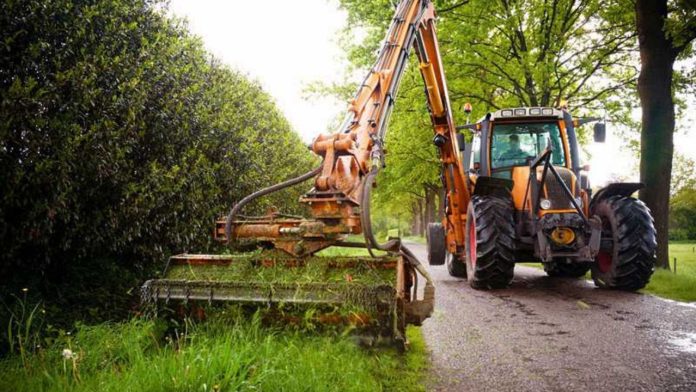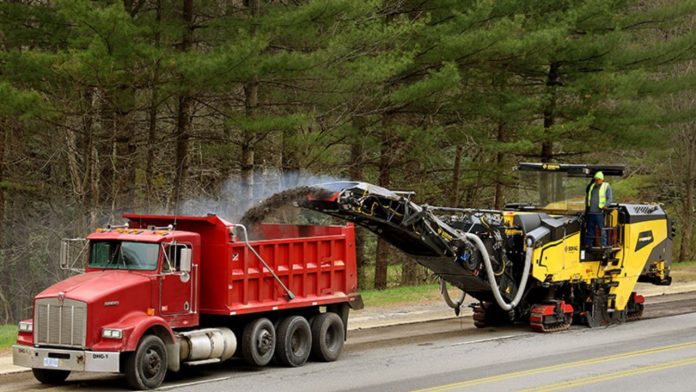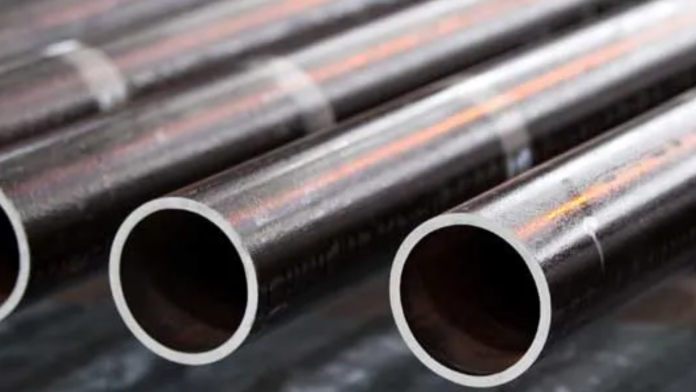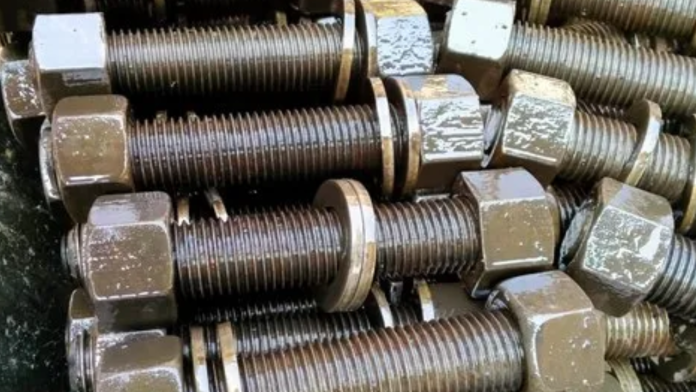The production of high-quality personalized vocals for videos remains crucial to achieving professional and engaging video content. The correct voice selection transforms any video from ordinary to impactful, regardless of tutorial or review content. Users can generate customized vocals through Pippit’s AI vocal maker, which matches their specific video requirements. Users can follow these steps to use Pippit’s AI Vocal Maker for generating customized vocal tracks.
Getting Started with Pippit’s AI Vocal Maker
Users must sign up for Pippit’s AI Vocal Maker platform to start creating personalized vocals. Users access a straightforward dashboard after signing in which enables easy navigation. The intuitive design of Pippit enables users without voiceover experience to start working immediately after logging in. Users who log into the dashboard can access the “Video Generator” option through the left sidebar to start generating their vocal content.
Users who choose “Video Generator” can start the process by uploading media files or by entering product links. The AI tool from Pippit handles input automatically which simplifies the process of voice customization for different project requirements. Through its tool Pippit provides users with a streamlined process to begin their work by letting them upload videos or link product pages.
Selecting the Perfect Voice for Your Project
Pippit’s AI Vocal Maker provides users with an extensive voice library which enables them to select from different styles and tones and emotional expressions. Users reach the media or product link page where they can select one of multiple voice options. The platform offers a diverse selection of voices which span from everyday conversational to formal professional tones so creators can easily select the perfect match for their content.
Through its AI tool, users gain the ability to build their own unique voice. The tool provides exceptional value to creators who need to match their vocal delivery with precise branding or visual requirements. Users can achieve exact voice control in their final output through Pippit’s customizable voice options, which let them select between high-energy tech reviews and calm instructional videos.
Adjusting Speech Speed and Pitch
Users can precisely adjust both speech speed and pitch settings through Pippit’s AI Vocal Maker. Users who choose a voice from Pippit can modify its parameters until the vocal matches the desired tone and speed of their video. Educational content and e-learning narration benefit from this feature because it enables users to match speech speed with lesson material.
A tutorial or instructional video benefits from slower speech delivery because it helps viewers maintain understanding during the learning process. The speed of speech delivery should match the energy level of the content because promotional videos or product reviews benefit from quick-paced delivery. Voiceover creators can personalize their audience experience through speed and pitch adjustments, which help the voiceover match the intended message of the content.
Multilingual Capabilities for Global Reach
The AI Vocal Maker from Pippit enables creators to generate voiceovers in different languages when they target audiences worldwide. Creators benefit greatly from this feature because it enables them to connect with viewers who speak different languages. Users can generate high-quality voiceovers through Pippit, which produces audio in the language most appropriate for their target audience.
Users can choose their preferred language from the tool’s available options to create voiceovers that sound authentic and easy to understand. The tool provides exceptional value to content creators who work internationally or need to localize their content for particular geographic markets. Through its multilingual features, Pippit enables creators to reach broader audiences while creating content that includes more people.
Editing and Fine-Tuning the Vocal Output
After voiceover generation, Pippit provides multiple editing features that help users perfect their final output. Users can rapidly modify the voiceover’s script and avatar along with visual elements to match their project’s visual theme. The platform includes a user-friendly “Quick Edit” tool that enables users to modify their script content and alter their voice selection.
The “Edit More” feature from Pippit enables users to access multiple advanced tools for detailed editing work. Users gain access to tools that let them apply filters and transitions while modifying audio settings to achieve a smooth vocal-video integration. Through its available options, creators can create professional voiceovers without requiring advanced editing skills or costly software.
Exporting and Finalizing the Vocal Video
Users can finish their product by making all required adjustments, then export their work through simple clicks. Through its export feature, Pippit enables users to share their videos either by publishing them directly from the platform or by downloading them. The platform’s smooth export system enables creators to finish their work rapidly so they can start new projects immediately, whether they post the video on social media or embed it in online courses, or YouTube projects.
Pippit’s AI Vocal Maker provides content creators from diverse industries with an essential tool because of its straightforward yet powerful functionality. Pippit enables creators to develop customized vocals through its voice customization features and speech adjustment tools and multilingual capabilities, and detailed editing functions, which help them achieve their creative vision. Pippit serves as a user-friendly solution to create professional voiceovers for all types of content, including e-learning and YouTube, podcasts, and other projects, which improve production quality.
Conclusion
The quality and personalization of vocals within modern content creation directly impact how viewers respond to videos. Through its AI Vocal Maker, Pippit enables users to create voiceovers by providing multiple customizable options that help them adjust their voiceovers for any project. The Pippit tool enables users to create professional-grade vocals through its simple features, which include voice speed control and multilingual capabilities, and voice selection from a wide library.






















